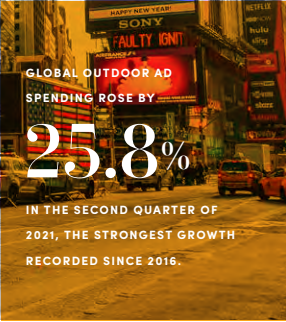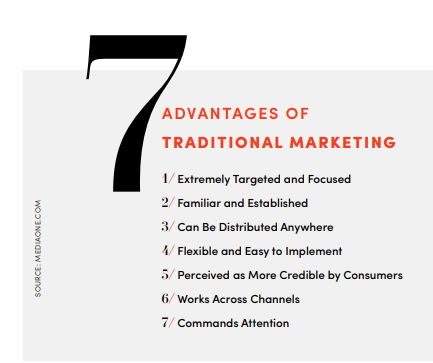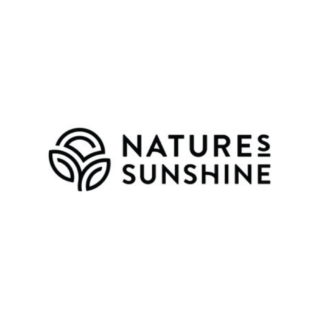Four effective traditional marketing trends direct selling companies should consider.
While the core of the direct selling industry will always be the field of independent sales and marketing distributors, leveraging traditional marketing channels can still be effective ways to build a brand, increase name recognition, foster community partnerships and generate excitement and engagement throughout distributor field. These four traditional marketing channels aren’t meant to replace digital trends, and some are compatible with digital platforms.
1/ Build the Brand with Billboards
Billboards? What is this, the ’50s? The way billboards are used today can still resemble outdoor advertising of decades past, but evolving technologies allow this once-old strategy to match today’s customer experience. According to WARC Data’s Global Ad Trends for 2021, global outdoor ad spending rose by 25.8 percent in the second quarter of 2021, which was the strongest growth recorded since 2016.

Out-of-home advertising (OOH) broadly encompasses channels such as billboards, car and building wraps, kiosks, public transit placement and many others. Statista reports that billboards have the highest reach amongst OOH advertising types in the U.S. In 2020, there was a total 343,106 billboards in the U.S., and grew to almost 351,000 in 2021. Statista also projected that OOH advertising would hit $10.7 billion by the end of 2021.
“The 24/7 exposure and the inability to be ‘turned off’ similarly to an online ad makes [billboards] incredibly useful,” states BMediaGroup. “It continues to be an effective way of spreading brand awareness to a large public and reaching new audiences in a short amount of time.”
Digital billboards have changed the game. Large text with a captivating image were the norm for traditional billboards. Digital offers bright colors, high-resolution and animated graphics and sometimes even sound. The ability to run several ads on the same screen has driven down cost. Many billboard messages seek to drive people online or encourage them to use hashtags. This continues the experience and encourages interaction.
QR codes have made a massive comeback, especially with smartphones and tablets now having built-in QR readers. It’s another terrific way to create engagement and customer interaction. BMediaGroup predicts some billboards in the near future will have cameras to maximize interaction. The rise of augmented reality could continue to evolve the effectiveness and creativity of billboard marketing.
Le-Vel has utilized billboards several times to promote the THRIVE lifestyle and products. The goal was to build the brand, pique curiosity and generate activity. Distributors were encouraged to take pictures of billboards and post photos on social media with the hashtag #LVBillboardBlitz and came with the opportunity to win free products. Prüvit held a scavenger hunt for its “BETTER Weekend” celebration in Times Square that featured video messages on multiple digital boards in the famous high-traffic area.
2/ Sports Team and Athlete Sponsorships
Team and athlete sponsorships or endorsement deals have been around for a long time. NASCAR lives off it. Many elite athletes earn more income from sponsorships than from their contracted salaries. Sponsoring a sports team doesn’t just involve putting a logo on an outfield wall of a baseball field. Sponsoring a giveaway, owning a suite in a stadium, sponsoring a special contest during a game or even getting products inside a stadium are all possibilities. And it doesn’t have to be on a huge scale. Partnering with local college or minor league teams can help build your brand.

Vida Divina, a wellness direct selling company based in California, is a sponsor of the NHL’s Anaheim Ducks. The local community aspect of the partnership is a great tie-in. The company has sponsored bobblehead nights as a gift to fans.
Athletes have become social media influencers, leveraging their loyal followers to promote brands and products they trust. Younger people tend to associate themselves with individual athletes more than teams. Changes to collegiate NIL (name, image and likeness) rules and state laws open the door for partnerships with current college athletes. Some top-tier college athletes are earning more than $1 million per year in sponsorship or ambassador deals, many with major national brands.
E-sports has emerged as a major player on the digital scene. Sponsored teams and entire leagues have generated tens of millions in prize money. “The next generation of consumers see E-sports as part of their daily lives,” says an article from Hatch Communications. “They grew up with gaming omnipresent on their phones, tablets and consoles and therefore are easily accessible to brands via channels not traditionally seen as an area for sponsorship.”
3/ Print Materials for Effective Take-home
While digital communication has dominated direct sales promotion trends in audience-building, marketing and even recruiting, print marketing materials can still be effective. Promotional cards or flyers, brochures, step-by-step product instruction cards and magazines can be hyper-focused take-home tools. Being physical, they don’t turn off or end like some digital content that can be difficult to access after the first exposure. Marketing research institute Marketing Sherpa says that 82 percent of internet users in the United States trust print advertising more than digital marketing.

Print marketing doesn’t burden audiences with multiple messages and information all at once, which can be a downfall of digital channels. With in-person presentations, meetings and conventions returning after a hiatus during the COVID pandemic, print marketing is making a comeback. Materials can integrate with digital, driving people online to targeted videos, enrollment pages or to request product samples.
Current print technologies such as spot UV, foiling, embossing and debossing can create a unique experience for targeted audiences. Including print marketing with product shipments can encourage re-orders, auto-shipments and help distributors increase retention. They can offer value-added info such as product recipes, health tips and promote current contests or special deals.
4/ Long-form Content
Short video clips such as Instagram Reels, TikTok videos and Facebook Stories are perhaps the hottest effective digital marketing trend. While they are a fun and creative way to build audiences, long-form content is still effective. Some of the most popular podcasts in the world have episodes that last more than an hour. In late 2021, Medium.com found that the average length of a podcast episode was 38 minutes and 10 seconds. The average length of a YouTube video is more than 11 minutes. Hubspot reports that the ideal length of a blog post for 2022 is 2,100 words.
Longer-form content allows brands to connect more with audiences and build stronger relationships. Some direct selling companies are combining weekly (or even daily) training sessions with storytelling, testimonials and distributor experiences to create a talk show-like experience that members tune in to and interact with. This can also be a terrific opportunity to pull the curtain back on the innerworkings of the corporate team and product development.
Quality and unique ingredients are hallmarks of the direct selling industry. It can be easy to slip into the complicated science and formulation when it comes to marketing products. Incorporating third-party doctors and nutritionists can provide terrific information—especially on longer live video chats—but can overwhelm audiences. Even in such cases, focusing on what the products do and the results they offer tend to connect more with the audience.
From the May 2022 issue of Direct Selling News magazine.


